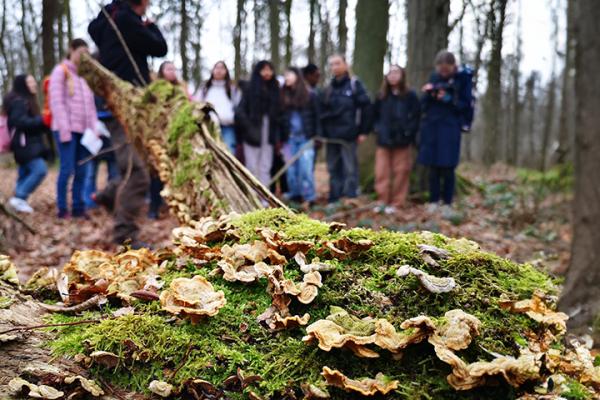The ‘perfect storm’ to create ERA - how an idea became a policy priority in just six months
Where did the idea for the ERA come from and why didn’t it happen before?
‘It was put forward by Antonio Ruberti (European Commissioner for Research 1993-1995) at the time of President Jacques Delors, but was in fact based on the ideas of one of his predecessors, Ralf Dahrendorf (European Commissioner for Research 1973-1974). So it’s actually an old idea, but one which had never been put into practice. The Framework Programmes were seen as providing additional funding for research alongside the national programmes.
‘Several people had spoken to me about the idea of a European Research Area and straightaway I saw that we needed to transform this idea into a real political project. The Framework Programmes at this time represented 5 % of public funding for research in Europe and needed to be used as leverage.’
The ERA is often seen as a personal achievement for you. What role did you play?
‘President Romano Prodi, with whom I had a good relationship, had been preparing what would become the Lisbon Strategy, which aimed to make the EU a knowledge-based economy that would be the most competitive in the world by 2010. However, in the eyes of many, the knowledge-based economy was mainly concerned with information technology. I easily convinced Prodi to integrate scientific research into the heart of the project.
“‘Despite our best efforts, the outcome depended totally on the willingness of the countries involved.’
‘As soon as I was appointed, we started work. In a few months a document was drafted. On 1 January 2000, Portugal took over the EU Presidency. It so happened that the Portuguese Prime Minister at the time, António Guterres, was both a political ally and a friend. Together with Prodi’s backing for the project, Guterres’ support was decisive.
‘In January 2000 my document was very quickly put on the agenda. Prodi’s support and my network of contacts really helped. In just six months the document was approved and became part of the Lisbon Strategy. It was a real political statement.
‘At the European Council meeting in March 2000 the problem was that the text was so new for many of the delegations, and the bigger countries were asking what it was about. Despite our best efforts, the outcome depended totally on the willingness of the countries involved.’
What was the most difficult part of the negotiations?
‘Member States are always cautious when presented with an initiative coming from the Commission and want to stay in full control. The ERA was an invitation for them to better coordinate their activities and to set up a large market for research, which my successor Janez Potočnik would later call the “fifth freedom”, that of knowledge alongside the freedom of movement for goods, people, services and capital.
‘Well, the idea of coordination always created a lot of reluctance, notably among the larger Member States.
‘At the start of the negotiations we were not at all sure we would win. However, I succeeded in getting the UK research minister Lord Sainsbury’s support and that of his French counterpart, Claude Allègre, and with the backing of certain smaller countries – starting with Portugal and Belgium – we managed to convince everyone to move in this new direction.’
How significant is it that the Treaty on the European Union (Treaty of Lisbon) refers to ERA?
‘Up to this point, the objective of research policy, as set out in the Treaties, was to support industrial competitiveness. The Treaty of Lisbon legitimised the objective of coordinating national research efforts and the creation of a single market for research. At the same time, it explicitly allowed fundamental research to become an EU competence. This allowed us to create the European Research Council and give a European dimension to fundamental research.’
Which areas have benefited the most from the creation of the ERA?
‘The benefits are very clear in the case of large research infrastructures. There’s no point creating the same two infrastructures 200 kilometres away from each other in different countries, and large-scale projects of this kind are very costly. The establishment of the European Strategy Forum on Research Infrastructures (ESFRI) has allowed a real European policy to develop in different domains, such as synchrotron radiation sources, high-power lasers, and databases in biology.’
What can be done to make it easier for researchers to move around the European Union?
‘The problem of the social security status of researchers needs to be resolved by creating a specific status – that of a European researcher. A European Charter for Researchers exists, but it isn’t binding and we need to try to go further.’




